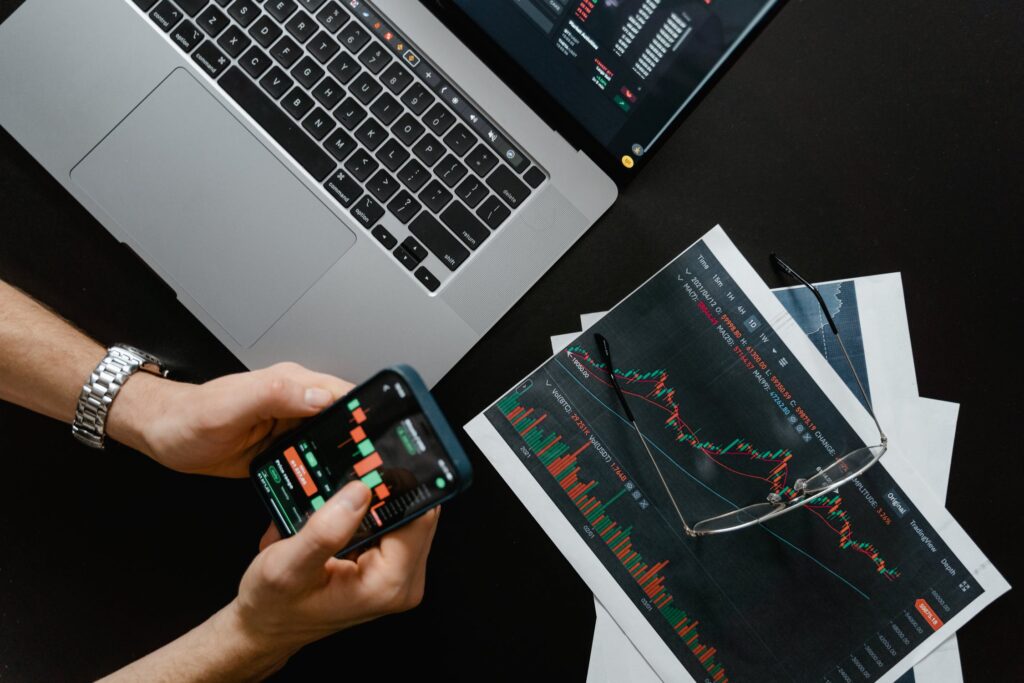Cryptocurrency is a virtual or digital currency that can be used to pay for goods and services. Cryptocurrency exchange, as the name suggests, is an online platform where you can trade your cryptocurrencies as per the current market value.
The cryptocurrency exchange is the same as the stock exchange, where you buy or sell shares of companies. The price of either a cryptocurrency or a stock is dependent on the demand and supply of the market. You buy the cryptocurrency when the supply is more in comparison to demand and sell the cryptocurrency when supply is less and demand is high in order to earn high profits. In the same order exchanging cryptocurrency includes some charges, same as the stock exchange.
Since cryptocurrency exchanges are increasing rapidly nowadays, every single person wants to buy or sell their crypto in order to earn more profits. However, since investing and exchanging cryptocurrency are rising these days, on other hand, scams in cryptocurrency exchanges are also rising rapidly. There are so many online platforms available in the market in which they will charge you higher transaction fees in comparison to other platforms, so as the trader, you need to be aware of which platforms are safe and secure where you can perform your crypto exchange. To know more, visit this site.
Cryptocurrencies are designed in a way that they can be traded all over the world without the need of government, central authorities, or any bank support. Cryptocurrency works on blockchain technology.
Cryptocurrency exchange provides you with an anonymous identity with private and secure transactions. But, it also includes some fees while transactions. Below are stated 4 things that you need to know about cryptocurrency exchange fees.
1. Exchange fees

This is the first type of cryptocurrency exchange fee that the trader needs to know in order to complete the cryptocurrency exchange. The trader needs to pay some transaction charge which is called the exchange fee. Generally, the transaction cost is fixed, but sometimes the transaction charge imposed during the exchange is dependent on the platform you are using to complete the exchange.
If you do the exchange on a regular basis, there is a model available in the market which will lower the exchange fee. The model name is Maker-Taker. The maker is the seller of the cryptocurrency, and the taker is the buyer of the cryptocurrency. The transaction fee is comparatively less than the normal exchange fee.
2. Wallet fees

As we know, cryptocurrency is a digital currency, so it requires a digital wallet to store your crypto. It is the same as the online bank, where you keep your cryptocurrency safe and secure. Crypto wallet allows you to send or receive cryptocurrency and makes it easier to access.
There are many crypto wallets present in the market. Most wallets do not charge any fees when you deposit or store crypto. But, when you send, withdraw, or trade your crypto, they will charge some percent of your crypto, which is basically a network fee. Crypto wallets provide organised cryptocurrency buying alternatives as well as an integrated merchant gateway solution for recharging smartphones and DTH services.
3. Trading fees

The trading fee comes in many external forms; trading fees depend on many factors like how much you are spending or which platform you are using, whether you are using the convert function, or the trading tool. If you are a new trader in the market, the investors suggest going for a convert option, as it is the best option for beginners. Before diving into the trading, make sure you are aware of these trading charges:
Flat fee: Flat fee is a type of fee that will be charged when you trade in one of the leading cryptos. The charge varies from 0.99$ for lower trades to 10$ and more for higher trades.
Percentage fee: As we have already discussed above, the maker-taker model, where the maker is the seller, and the taker is the buyer of the crypto. It includes a maker/taker charge, which is a percentage of the overall trade.
Lower Rates: Some of the platforms which are available on the internet hide their charges in the shadow of the offer which they are giving you. Be aware of these platforms and look carefully at how much crypto you are getting for your dollar. Also, you should always compare the amount to what you’d get on other sites.
The trader needs to be aware of these charges while trading some of the platforms; they charge the combination of the fees which are listed above by saying flat fee and other unfavorable charges.
4. Withdrawal fees

As already discussed above, the crypto will charge some transaction fees when you withdraw, send or trade your cryptocurrency, so some of the traders leave their cryptocurrency in the crypto wallet to avoid these charges, which is called a custodial wallet. After performing the exchange, you can either withdraw your cryptocurrency to your bank account or crypto wallet, or you can move your cryptocurrency to the custodial wallet. Many crypto investors or traders prefer to keep their assets in a non-custodial crypto wallet. The thinking is that putting your assets on these platforms puts you at risk if the exchange is hacked or decides to freeze your account for whatever reason. That’s why some people prefer to move their cryptocurrencies to a wallet that they can control.
Conclusion
Cryptocurrency has seen a rapid surge in its users and investors in recent years, and this surge has consequently increased its business. The platform offers a promising steak to its investors and is here to stay. Many global giants and MNCs are now investing in crypto in hopes of large-scale benefits in the future. However, investors and users must be careful whilst making an investment, as crypto is highly volatile and is subjected to market trends and risks. Read all scheme-related documents carefully and make investments only after thorough research.
 Imagup General Magazine 2024
Imagup General Magazine 2024



